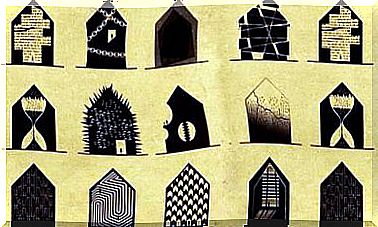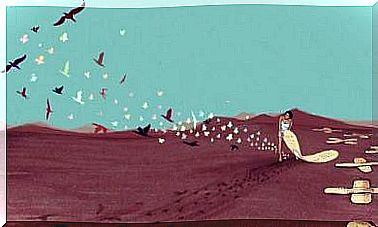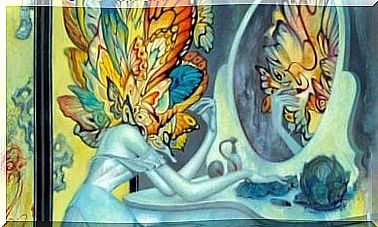What Is The Robber’s Cave Experiment?
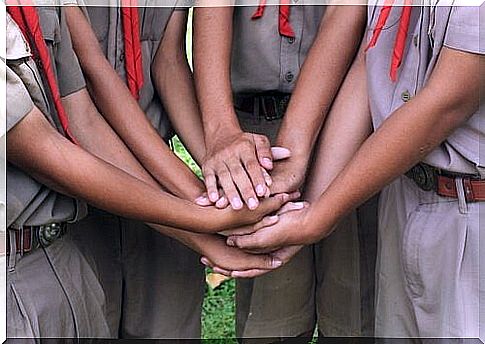
The Robber’s cave experiment is one of the most classic experiments in social psychology. It was conducted in 1945 by Muzafer Sherif and Carolyn Sherif, professors at the University of Oklahoma (USA). They wanted to identify keys that would help us better understand social prejudice.
The Robber’s Cave experiment focused on the ‘group concept.’ The researchers tried to show how people experience that they belong to a certain group, how relationships are formed within it and how a group relates to other groups.
They also wanted to identify how conflicts between two groups arise or get worse. When the sense of belonging between the members of a group and their rejection of other groups and their characteristics becomes stronger. But this too can be reversed. Let’s see how they did the study.
The Robber’s Cave Experiment
To conduct the study, the researchers chose 22 11-year-old boys. They were all ‘normal’ kids. This means they had no history of bad behavior, came from stable families, and had good school performance. They were all middle class and none of them knew he was taking part in an experiment.

The children were randomly divided into two groups. Then they went to a summer camp in an area of Oklahoma known as Robber’s Cave State Park. However, the two groups camped far away from each other. None of the children knew that another group existed.
The Robber’s cave experiment consisted of three phases: in the first phase, the researchers stimulated the feeling of belonging in the groups. The second phase was the friction phase, in which the researchers deliberately created situations in which conflicts could arise with another group. The last phase was the integration phase. The researchers tried to resolve the conflicts and reduce the observed differences between the groups.
Belonging and conflict
During the first week, activities were done to strengthen relationships within each group. The boys walked together, went to the pool together and did various recreational activities. Each group was asked to choose a name and flag. One of the groups chose to name their group the “Eagles” and the others named their group the “Rattlesnakes.”
In this first phase, the researchers saw that the group members strongly identified with their group and developed a strong sense of belonging . Within a few days, hierarchies and different internal roles emerged. Each member formed a different bond with the other members of his group.
In the second week the children found out that there was also another group. From the start, both groups were defensive towards each other. There were clear barriers. The children themselves asked the researchers to set up competitive activities between the two groups. They did this and even came up with a prize for the winners, which ended up being the ‘Rattlesnakes’.
From then on, the groups were hostile to each other. There was a lot of friction and the boys refused to eat together in the same place. They rejected each other completely to the point that the researchers decided to end the second phase ahead of schedule, fearing the situation would spiral out of control.
The power of common goals
In the final phase, the researchers created activities in which both groups had to work together. A fictitious problem was created for one of the activities. A vandal was said to have destroyed the water reserves (creating a common enemy). They had to fix the water supply. To achieve this, both groups worked together.
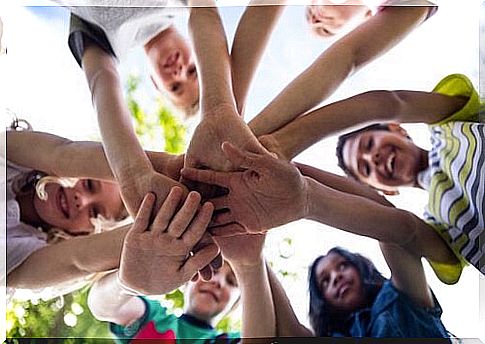
Later, the researchers said they were going to show a movie that everyone would like, but would have to pay for. However, neither group was able to afford the required amount. As a result, they once again had to work together to achieve the common goal.
After they solved several problems together, the mutual hatred began to disappear. So much so that when they returned home, both groups asked to get on the same bus. When they reached a layover, the group the “Rattlesnakes” used the money they won in the competition to buy drinks for everyone.
The researchers of the Robber’s cave experiment concluded that creating common problems and in turn common goals was a way to resolve conflict between groups. The researchers called this “realistic conflict theory.” They pointed out that solving common problems together makes prejudices disappear little by little until they are completely gone.


